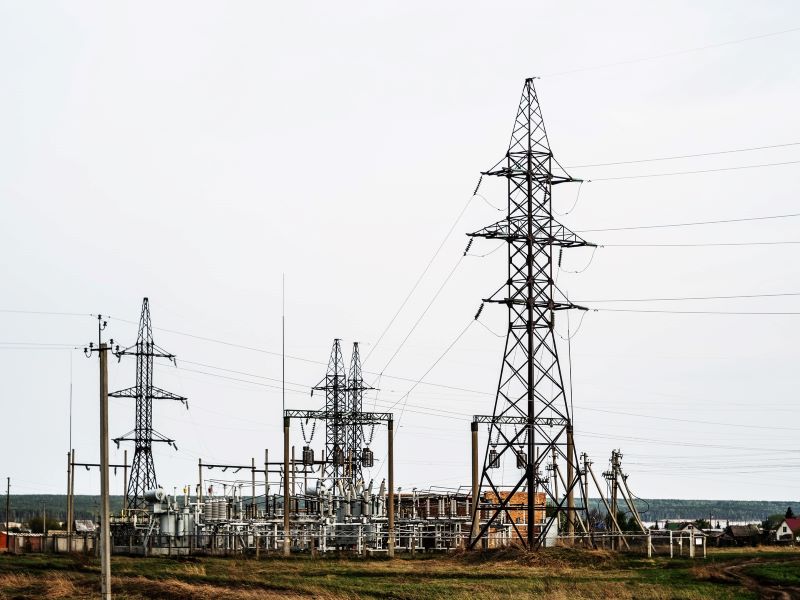Centre launches High Price Day Ahead Market and Surplus Power Portal (PUShP) to ensure adequate power supply during summer

New Delhi/IBNS: Union Power Minister R.K. Singh Friday launched High Price Day Ahead Market and Surplus Power Portal (PUShP) at a virtual function in New Delhi yesterday in presence of over 200 stakeholders from state governments and the power sector.
PUShP is aimed at ensuring greater availability of power during the peak demand season.
Last year, the Ministry of Power set a Rs 12 price cap on electricity exchange to prevent profiteering after prices went up to Rs 20 following a sharp rise in gas prices that led to expensive electricity production, making it impossible to sell gas-based, coal-based, and renewable energy stored in battery-energy systems in the market.
The cap was implemented from 01.04.2022 in Day Ahead Market & Real-Time Market, and further in all segments from 06.05.2022.
To accommodate the high demand expected this year, a new segment called HP DAM has been created for gas-based and imported coal-based plants, as well as renewable energy with storage, where the cost of generating power may exceed Rs 12.
Union Power Minister R.K. Singh stated that HP-DAM is part of the overall strategy to maximise power capacity utilisation for consumers.
He maintained that the cost of producing power in HP-DAM cannot exceed Rs. 12 per unit, and generators with a cost below this will have to offer power in the Power Exchange's Integrated Day Ahead Market (I-DAM) at a ceiling price of Rs. 12.
The minister emphasised that reasonable prices must be maintained in the HP-DAM and that action will be taken to prevent power producers from charging exorbitant prices above the cost of production.
Unlike some developed countries where power tariffs exceeded production costs last year, India's power market is stable, he said.
The surplus power portal aims to reduce the fixed cost burden on Distribution Companies (DISCOMs).
DISCOMs can now indicate surplus power in block times/days/months on the portal, which can be requisitioned by other DISCOMs in need, the Union power ministry said.
The new buyer will pay both the variable charge (VC) and fixed cost (FC) as determined by regulators. Once power is reassigned, the original beneficiary cannot recall it, and the entire FC liability is shifted to the new beneficiary, it explained.
The financial liability of the new buyer is limited to the temporary allocated/transferred power. This will optimize available generation capacity utilization, the ministry added.




